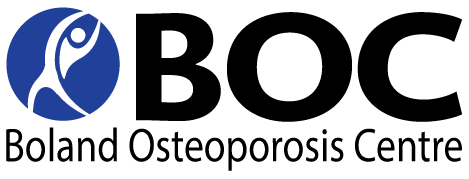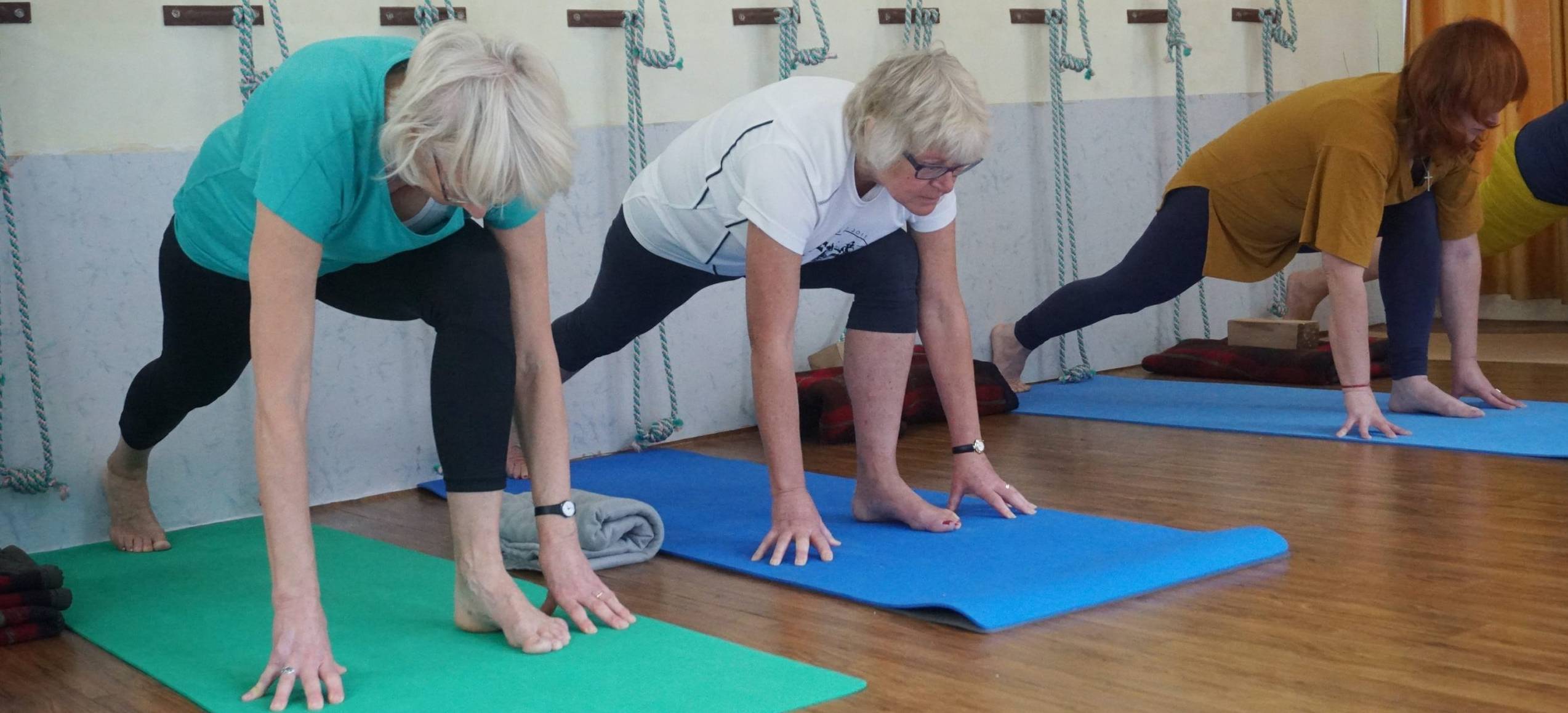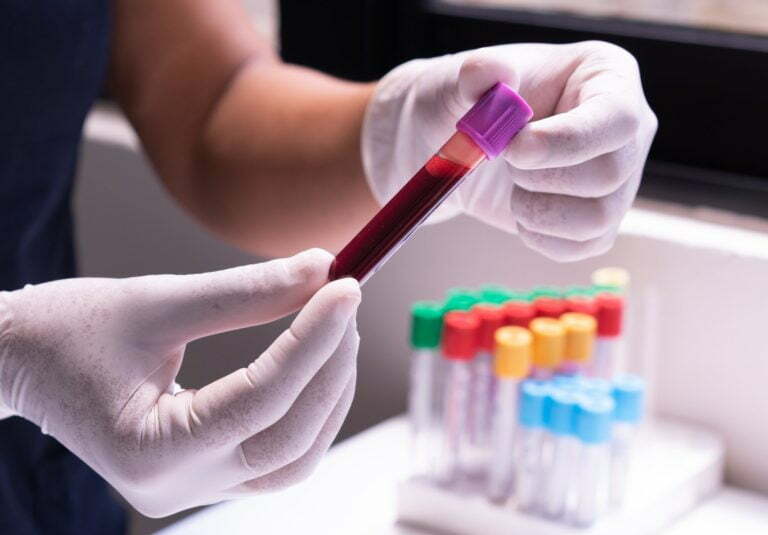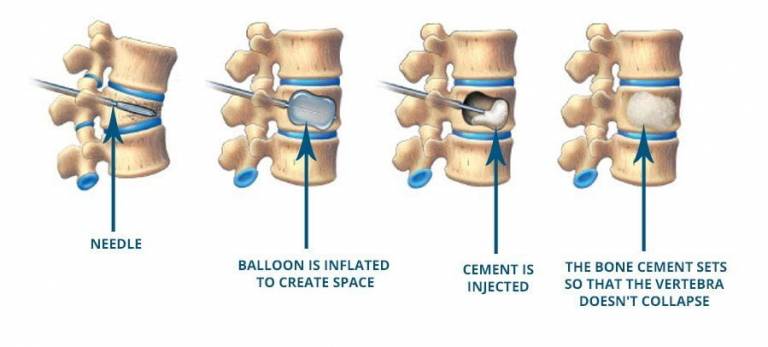Non-pharmacological management of osteoporosis
Non -pharmacological management of osteoporosis largely involve nutritional measures, physical exercise, limiting alcohol consumption, stopping smoking and avoiding bone-toxic drugs and are essentially aimed at:
Improve bone strength to prevent fractures by:
- Following a healthy eating plan:
Vitamin D, Calcium intake, high protein and phosphate intake. Vitamin C, B6 and K, trace elements, zinc, copper, boron and manganese - Doing physical exercise:
Specific resistance exercises have a beneficial effect in preserving bone density. Lower intensity training increases aerobic fitness, but do not have effect on bone mineral density. Exercise intervention can improve muscle strength and fitness. Excessive exercise, especially when coupled with severe caloric restriction and a poor calcium intake is well known to result in functional hypogonadism ( hypothalamic amenorrhoea) and osteoporosis, not infrequently associated with fractures. - Limiting alcohol consumption and completely stop smoking.
- Avoid using bone-toxic drugs
A number of drugs, other than alcohol and smoking, predispose to fracture, either by reducing bone strength and /or by pre disposing to a fall. Note that drugs like anti-convulsants may cause not only osteoporosis, but osteomalacia.
The prevention of falls
A relatively small number of risk factors for falls emerge consistently:
- Medication
- Cognitive disfunction
- Gate and balance disorder
- Previous history of falls
- Visual impairment
- Mental impairment
- Alcohol
- Severe depression
- Confusion
- Previous stroke









